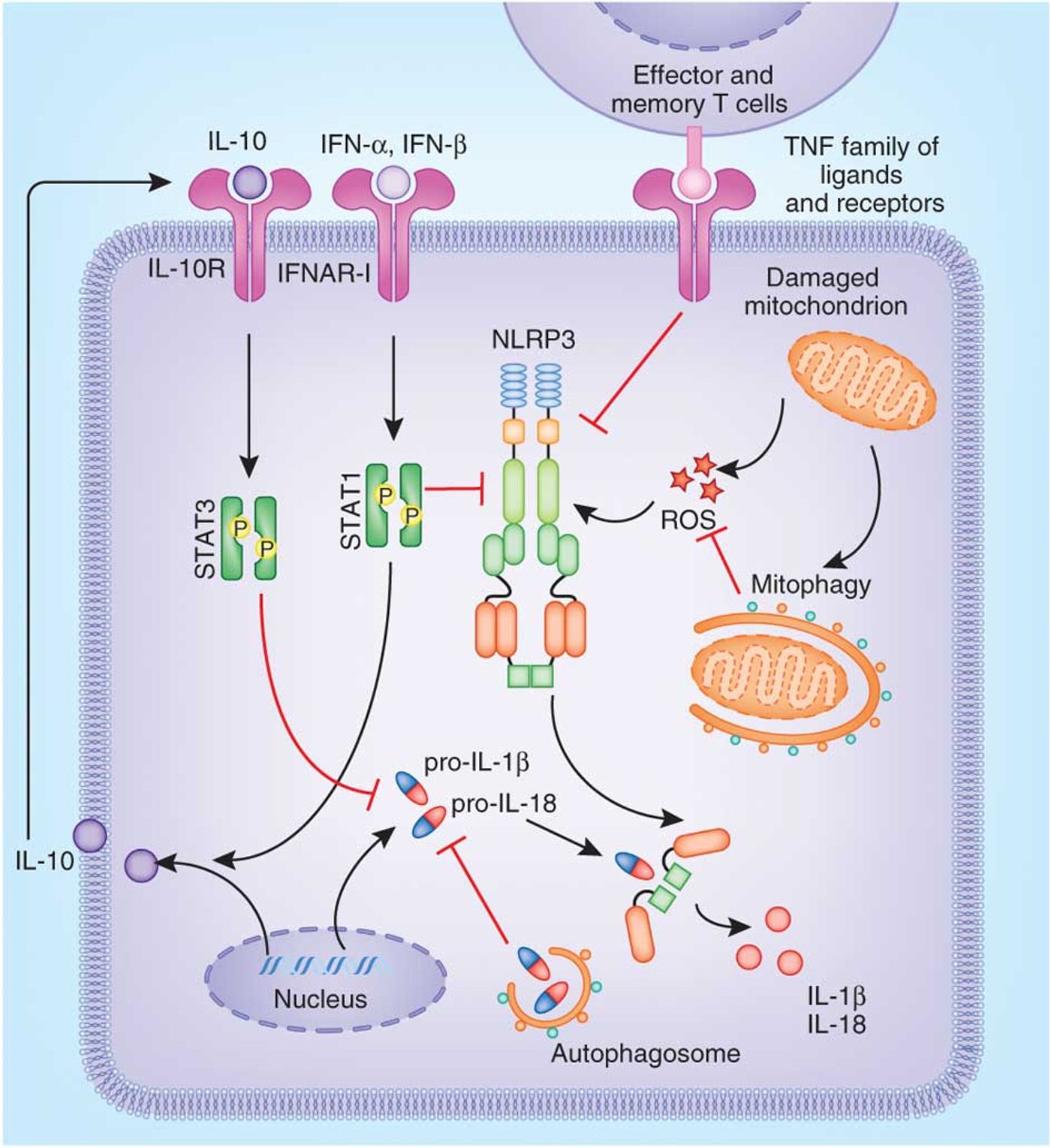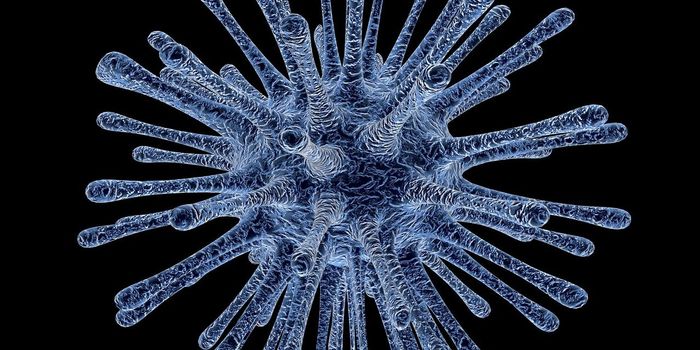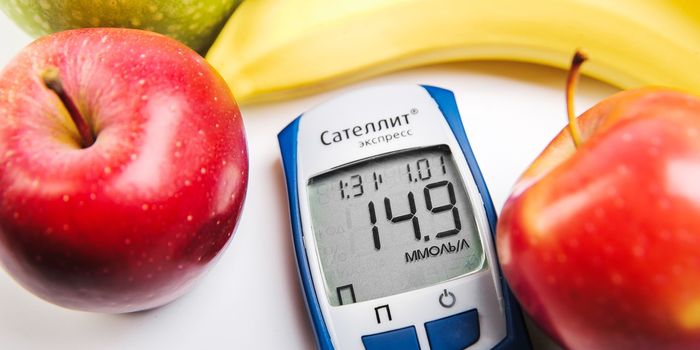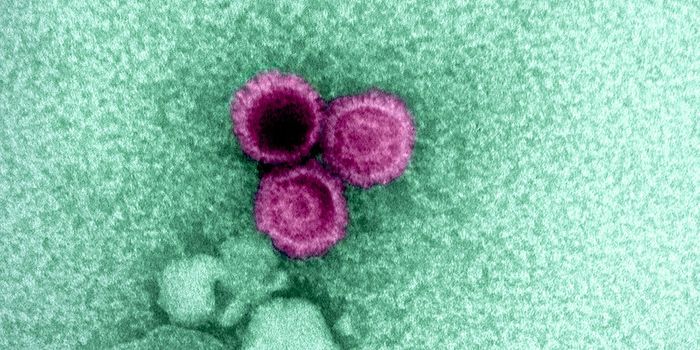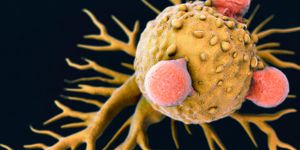The NEK7 enzyme has been completely characterized for its role in innate immunity, however until this discovery was made and the study published, scientists were only aware of its role in cell division. In fact, this enzyme also performs a “switch-like” activity that affects inflammation.
NEK7 comes from a family of NIMA-related kinases, a group the controls the initiation of mitosis (
Genecards.org). This week, in a study published in Nature Immunology, scientists from UT Southwestern Medical Center (UTSMC) showed that NEK7 also plays a role in the NLRP3 inflammasome pathway, a series of actions studied and revealed in 2014 to activate inflammatory particles to be released from macrophages during a microbial invasion (
Nature Immunology).
In the UTSMC study, scientists observed mouse models of inflammatory bowel disease and multiple sclerosis, looking to make a connection between NEK7 defects and NLRP3 errors. After extensive genetic screening, NEK7 mutations were clearly linked to NLRP3 defects, and the scientists were able to fully characterize the role of NEK7 in the NLRP3 inflammasome pathway.
Since this pathway activates cytokines that trigger inflammation in response to invading organisms, identifying NEK7 as a component of NLRP3, NEK7’s newly discovered connection to inflammation is thought to have potential for treating medical conditions linked to inflammation.
As regulators of mitosis, it makes sense that NIMA-related kinases should be linked to inflammation, and their identifying acronym quite literally means “never in mitosis” (
Genecards.org).
“Our work has shown that the inflammasome cannot become activated during mitosis,” said Dr. Bruce Beutler, Director of the Center for the Genetics of Host Defense at UT Southwestern and senior author of the study. He and other researchers speculate that this is designed to protect the dividing cell from DNA damage.
Source:
UT Southwestern Medical Center
